
17 Secrets of St. Patrick
Written by Jane Chadwick on Feb 15, 2023 | 0 Comments
We have collected together 17 surprising secrets of Ireland's Patron Saint, one for each day from March 1st to St. Patrick's Day. We were even surprised by a few of them! Read on to become an expert on St. Patrick, his feast day, and all things Irish.
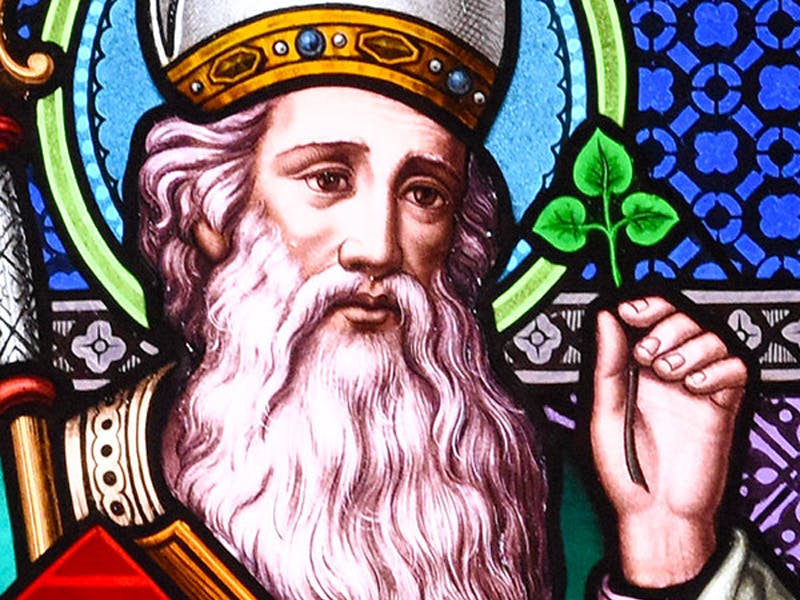
1 - The Irish Share St. Patrick
You are no doubt aware that St. Patrick is the Patron Saint of Ireland. His feast day on March 17th has been celebrated here since at least the 9th Century.
But we actually share our saint. With strong Irish connections, St. Patrick is the patron saint of the City of Boston. And for the same reason he is also the patron saint of the tiny island nation of Montserrat in the Caribbean. He is certainly busy as he has also been the patron saint of Nigeria since 1961.
And of course every March 17th we all share St. Patrick with the world!

Boston Trinity Church, and celebrations in Nigeria and Montserrat.
2 - St. Patrick wasn’t Irish
St. Patrick played a crucial role in shaping the history and culture of Ireland, some say changing its course forever.

Highlighting his important role, St. Patrick and his crozier are the first of the 12 symbols on our iconic History of Ireland pieces.
In his many years in Ireland, St. Patrick was said to have baptized over 120,000 Irish people, established over 300 churches and monasteries and is credited with firmly rooting Christianity in Ireland if not introducing it first.
As an Irish speaker he was able to relate to people across the island, merging Irish and pagan symbols with Christian ones.
But it may surprise you that the Patron saint of Ireland was not actually Irish! It's believed he was born in Roman Britain, although where remains up for some debate. He also went by many names including Magunos Succetus, Maewyn Succat, and Patricius.
Needless to say, Irish or not, we claim him as our own
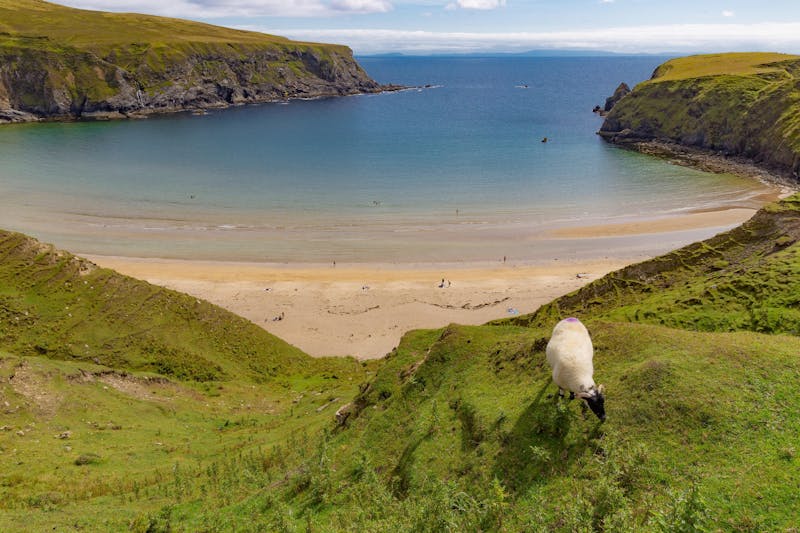
3 - St. Patrick escaped slavery in Ireland
A teenage Patrick first came to Ireland not as a missionary but as a slave!
In his own writings, Patrick recounts that at 16, he was captured by Irish pirates and taken to Ireland to work as a shepherd. The story goes that he found deep faith on the lonely slopes of Slemish mountain - "in one day I would pray up to one hundred times, and at night perhaps the same." He only escaped his captors 6 years later, hitching a ride with pagan sailors back to Britain where he joyfully reunited with his family.

Sheep grazing on the lower slopes of Slemish Mountain in Co. Antrim where it's said St. Patrick found his faith while tending to flocks as a shepherd.
Photo Credit: J. Chadwick
4 - St. Patrick on a mission
Shortly after St. Patrick returned home to Britain and his family, he had a vision. Believing it to be a message from God, he resolved to return to Ireland and convert the pagan Irish to christianity.
Driven by his faith, he trained to be a priest, took the name Patrick, and returned to Ireland to convert the pagans. Patrick's belief in his calling was strong. Having been captive in Ireland for 6 years, he knew that his life would be threatened! But he kept faith, helped no doubt by the symbol of his cross shaped crozier.
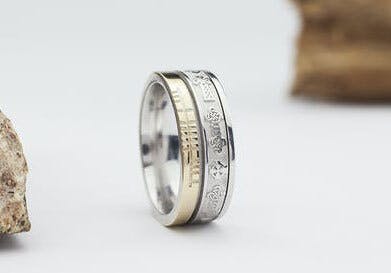
Croziers are a little impractical these days but our Celtic Cross Ring with Faith inscribed in Ogham, is a more portable reminder for those with strong belief.
5 - St. Patrick was a warrior
There are many legends about what happened to Patrick on first returning to Ireland. One says he met a powerful King, who promptly tried to kill him. But Patrick was able not only to survive, but convert the warrior and go on to preach the Gospel throughout Ireland.

A 13th century image of St. Patrick forcefully confronting King Oengus of Cashel, a High King of Ireland, piercing the ruler's foot with his trusty crozier.
Photo Credit: Huntington Library, HM 3027 F.40v., California
How did he manage this feat with the intensely tribal and battle ready Irish you may wonder? The 7th C writings of Tírechán and Muirchiu give a clue. Both claim that as well as being a man of God, Patrick was something of a warrior himself - Attacking druids, destroying idols, cursing kings and their kingdoms. He may not have carried a shield, sword or spear like the Irish Warriors, but it sheds a whole new light on his trusty crozier!
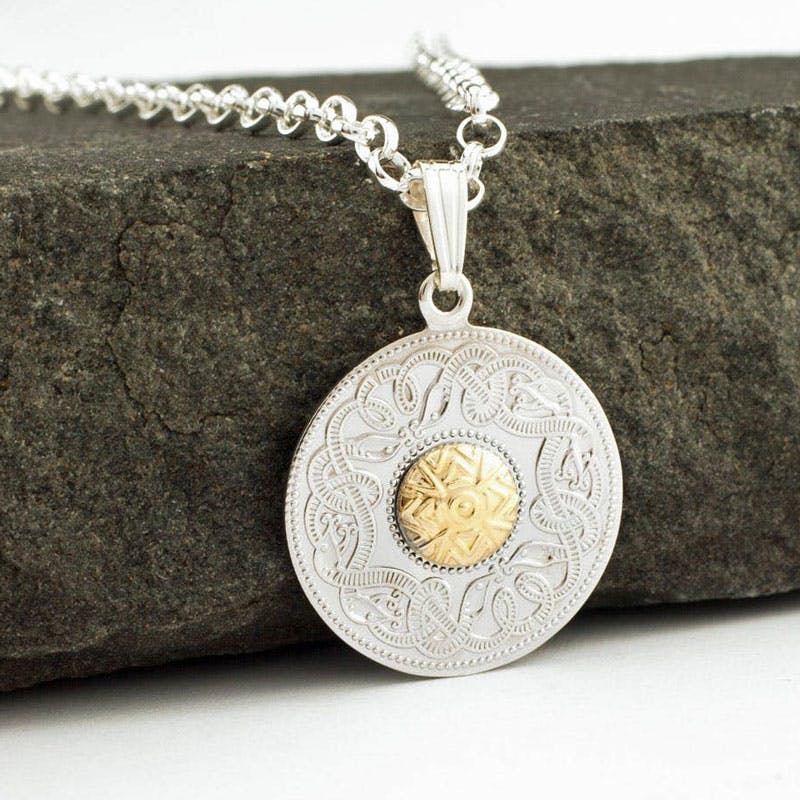
Perhaps a little small to be of much use to St. Patrick. But our Celtic Warrior Shield pendant is sure to have you feeling battle ready whenever worn.
6 - St. Patrick didn’t banish snakes
Perhaps the most famous story about St. Patrick is just that, a story!
Folklore holds him responsible for chasing all the snakes from Ireland. He reportedly fasted the 40 days and nights of Lent on top of the 3rd highest mountain in Ireland, Cruachán Aigle, now known as Croagh Patrick. Being tormented by demons all the while, he struck them with his bell and staff, sending them and all the serpents to the to the water at Log na nDeamhan, Demons Hollow, at the foot of the mountain.
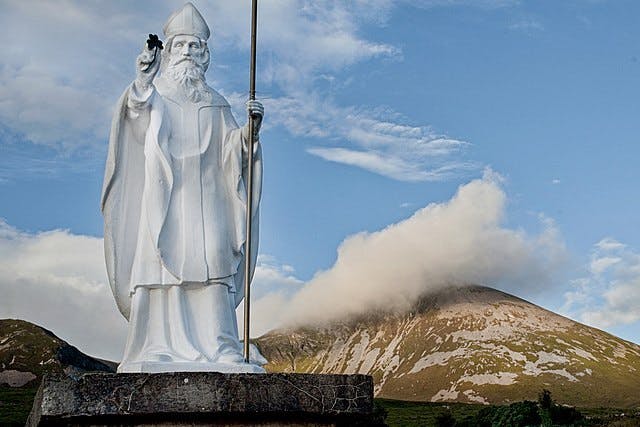
Photo Credit: Tom Szustek (CC BY-SA 4.0)
The "black bell" is now on display at the National Museum. But the problem for this story is that there has never been even a hint of snakes in Ireland. So there were no snakes for St. Patrick to banish.
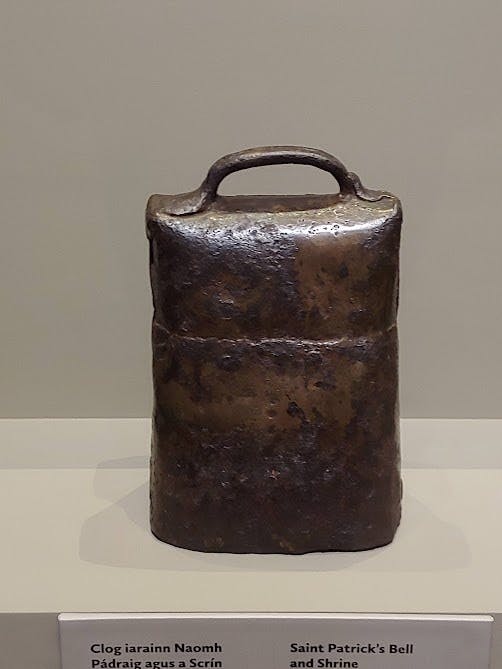
Photo Credit: L. McGuire
We now interpret this story as an allegory, with the “snakes” representing pagan Ireland.
7 - St. Patrick, St. Brigid, and Leap Year Proposals
St. Brigid of Kildare is another patron saint of Ireland and an early champion of women. Legend has it that she and St. Patrick had a heated debate about marriage and who should be able to propose a union.
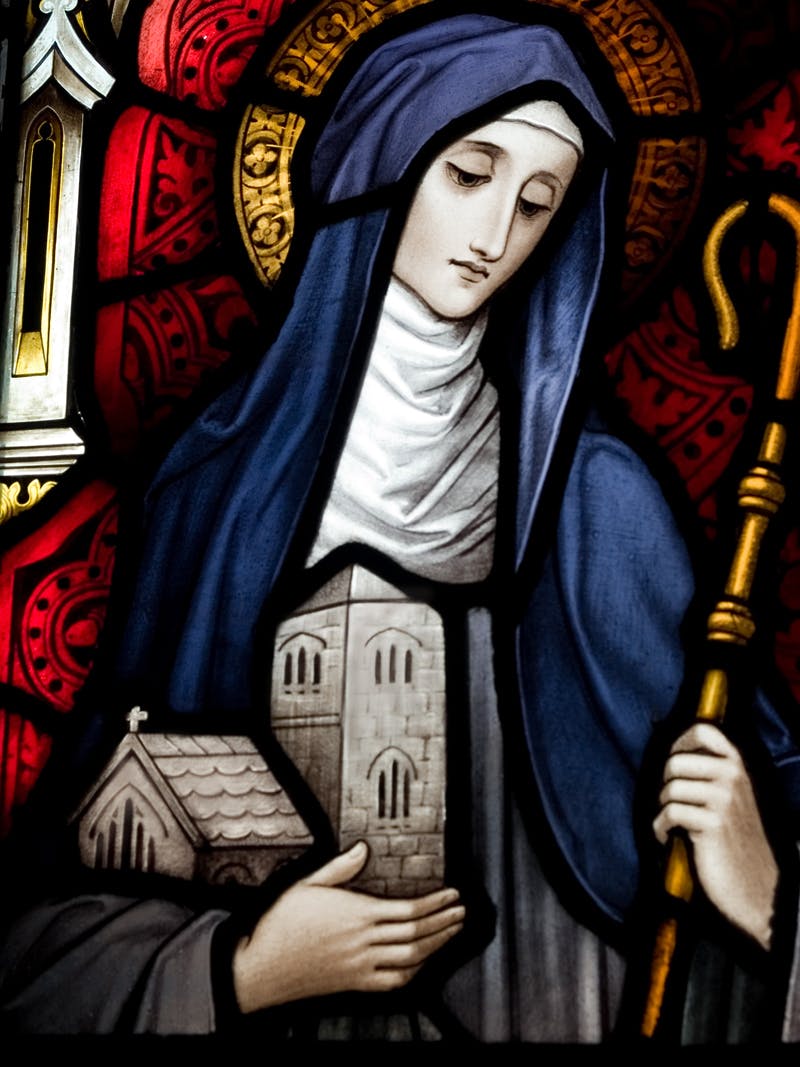
On hearing complaints from women whose suitors were too shy or slow to propose, St. Brigid felt compelled to act to grant some balance in relationships and demanded Patrick grant the right for women to propose marriage. A final compromise was reached between the saints, with the initiation of the Irish tradition of Leap Year proposals!
Thankfully balance in romantic relationships has changed since the days of St. Brigid and St. Patrick, and people can propose to their partners whenever they like. But the Leap year tradition continues on to this day. And St. Brigid, a powerful and commanding woman of Ireland, is remembered by her distinctive cross and by her feast day celebrated on February 1st each year.
8 - St Patrick and the Celtic Cross
There is another story that has St. Patrick responsible not only for the lack of snakes but for creating the iconic Celtic Cross that is so synonymous with Ireland.
He was known for merging Christian and Celtic imagery and Patrick was apparently keen to incorporate the Celtic Sun and shield motifs in the Christian cross, making it more palatable to his would be converts.
But the origins of this story are not clear. And the oldest stone crosses in Ireland come well after the time of Patrick. One of the oldest is the Donagh Cross in Donegal, also known as the St. Patrick Cross, or the Carndonagh Cross.
Tradition suggests that a monastery was founded here in the 5th century by Saint Patrick himself. Perhaps this might have helped the story of "St. Patrick's Cross" gain weight. What's not in dispute is that both St. Patrick and the Celtic Cross are known throughout the world as a symbols of Ireland.
9 - St Patrick is not technically a saint?!
St. Patrick’s day has now grown much bigger than the saint, but for centuries it's been a holy day, marking the Saint’s death on March 17, 461 AD. Patrick is widely believed to be buried on the Hill of Down in Downpatrick. A stone marking this spot was put in place in 1901 and the site is now a popular spot to visit.

Downpatrick, Northern Ireland.
Photo Credit: M.S. Meeuwesen
But for all the celebration and talk of his holy work, St. Patrick was never actually canonized, making his saintly status somewhat shaky. But St. Patrick isn’t the only saint to skip this technicality, as there was no formal canonization process in the early days of the Catholic Church.
Saints from this period made the grade by being martyred for the cause, or like Patrick, for being viewed as spectacularly holy.

10 - Shamrock and St. Patrick
Shamrock is the symbol most associated with St. Patrick and with Ireland. St. Patrick apparently used the shamrock to teach the Celts about the Holy Trinity. The Celts held the number three in special regard so St. Patrick again merged Celtic symbolism with Christian meaning, the three leaves of the shamrock representing the Father, the Son and the Holy Spirit.
Today the shamrock is a symbol of Ireland recognised the world over. You will find it on the tail fin of Ireland’s national airline, and it is worn proudly by people around the globe on St.Patrick's day, and can be found on national emblems like the badge of the International Football and Rugby teams.
But according to Charles Nelson, one of Ireland’s leading botanists, “Shamrock exists only on St. Patrick’s Day. Every other day…it’s known as young clover.”
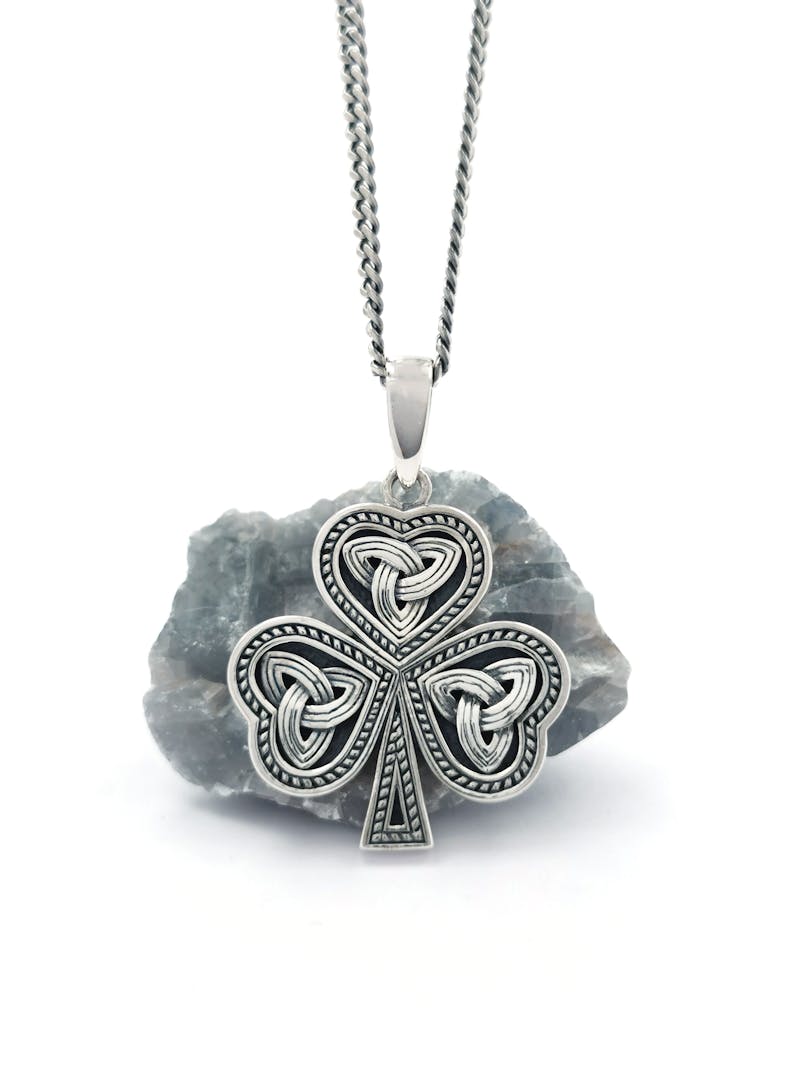
With our lovely Shamrock jewelry we defy Mr. Nelson and preserve the delicate beauty of this three-leafed symbol of Ireland in silver and gold, cherished on St. Patrick's Day and all year round!
11 - Who is Luke Wadding?
St. Patrick and everyone who enjoys his day owes thanks to Luke Wadding, a 17th century Franciscan priest.
Wadding cemented St. Patrick's status with a successful campaign to add his feast day to the official Christian calendar. Before the 17th century, St. Patrick's Day was intermittently observed, even in Ireland. Today thanks to the early work of Luke Wadding and all that came after him, St. Patrick's feast day is a global celebration unlike any other.
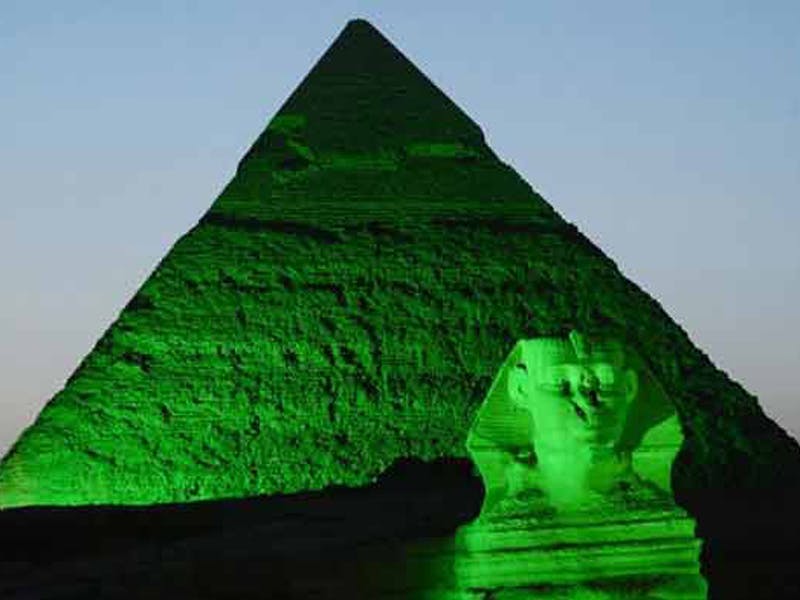
The Global Greening Campaign sees hundreds of global landmarks go green for St. Patrick's Day
13 - St. Patrick wore Blue not Green?
With all these landmarks turning green, you might be forgiven for thinking that the association between green and St. Patrick most likely started with the man himself.
But it was blue not green that was first associated with St. Patrick. He reportedly wore it all the time and the knights in the Order of St. Patrick wore a light shade known as “St. Patrick’s blue.”

A 13th century image of St. Patrick meeting the High King of Ireland wearing his trademark blue.
Photo Credit: Huntington Library HM 3027 F.40v.
Green started to take over between the 17th and 18th centuries. The United Irishmen of the 1798 Rising used green to differentiate themselves. Today going out without green on St. Patrick's Day could result in a pinch in some parts of the world. Ouch! Better to be safe than sorry, or black and blue!
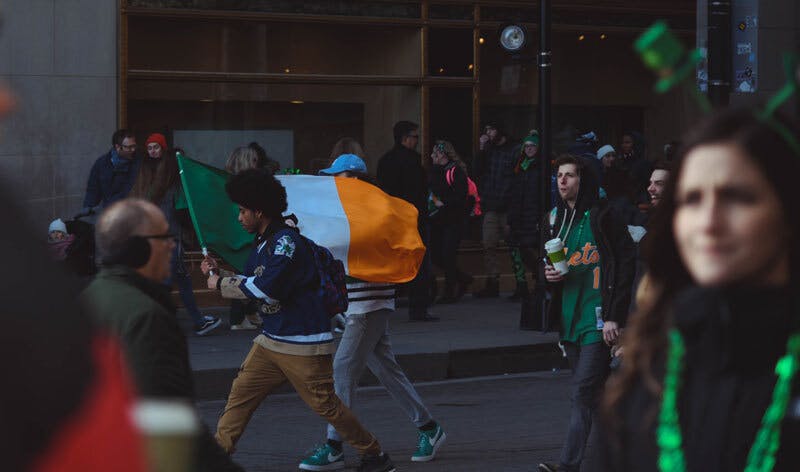
14 - St. Patrick’s Day Parade -an Irish American Tradition
Formal St. Patrick’s Day celebrations in Ireland were firmly established when the saint's feast day was added to the church calendar in the 17th century. But it took until 1903 for it to become a national holiday in Ireland... We were a bit slow on the uptake!
The first record of an official St Patrick’s Day celebration is from 1737 in Boston. And the first parade was not held in Ireland but in New York City in 1762. Festivities then spread to Philadelphia and New Orleans in the early 1800s; Chicago and San Francisco in the mid-1800s; and Kansas City in the late-1800s.

A St. Patrick's Day Parade in Dingle, Co. Kerry 1969. Image Jane Almqvist @duchas
A St. Patrick’s day parade didn’t march its way to Ireland until much later! It was 1931 before the first official parade was held in Dublin. Now there are parades across the island and over 7 million people worldwide head to a St. Patrick’s Day parade.
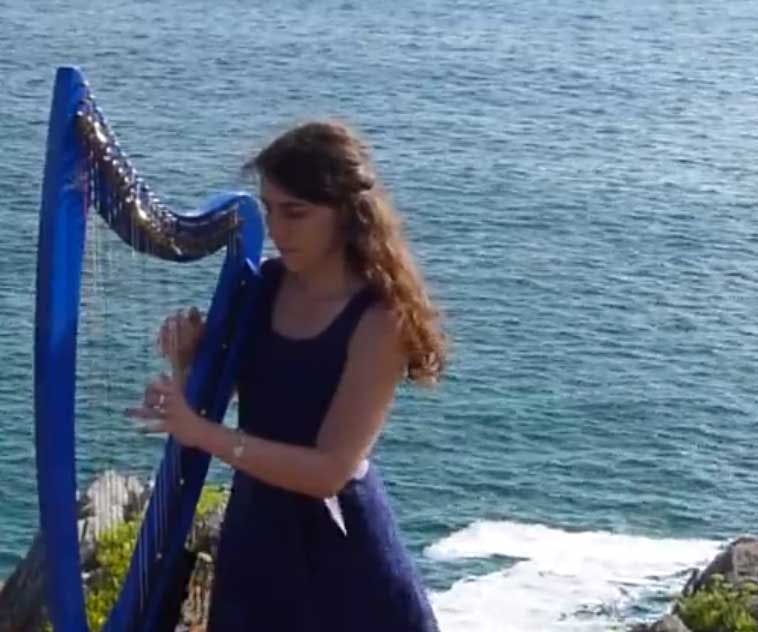
15 - Music and Merrymaking
St. Patrick's probably wouldn't know what to make of how his feast day is marked in more recent times. In Ireland it is now a week long party with plenty of music, dancing, arts, and general merrymaking.
Ireland has a fantastic musical history and at the core of it is the Irish Harp. In rural Ireland during medieval times the harpist was second only in status to the File, or 'poet'. Today, the Irish harp is our official national emblem, appearing on Irish passports and all official government documentation.
But it is only this national symbol in it's "left facing" form. A right facing harp is the official symbol of another famous Irish institution... Guinness!
Worldwide consumption of Guinness doubles on St Patrick’s Day with over 13 million pints consumed compared to an average day with 5.5 million pints.
Ireland will put away a good bit of that! But though there is certainly drink taken on the day, but for most the day is about spending time with family and friends with Irish music, dancing and food.
Drinking and St. Patrick’s Day didn’t always go together in Ireland. Irish pubs were actually prohibited from opening to mark the holy day of St. Patrick’s Day up until the 1970’s! A striking thought if you do raise a glass this St. Patrick’s day.
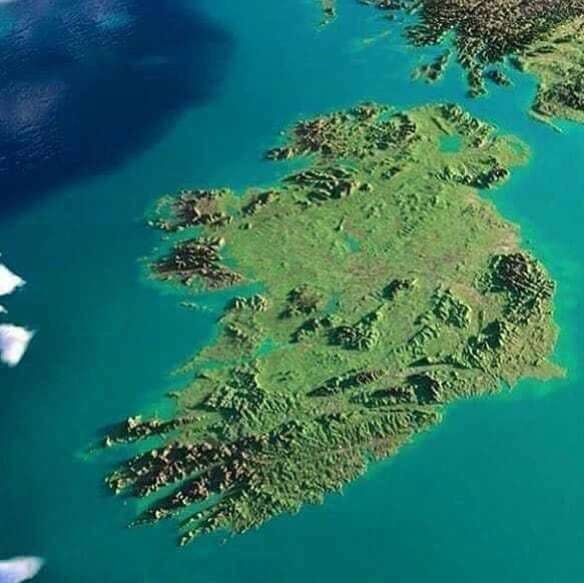
16- Cosmic St. Patrick's Day
St. Patrick's Day is a global Party. But did you know that the celebrations have even made it off the planet to the International Space Station? Astronaut Cady Coleman, who is “more than ½ Irish” celebrated the first cosmic St. Patrick’s Day on record in 2011. There is footage of her wearing green and playing Chieftains songs on the flute and tin whistle, all while floating weightless. Not the traditional way to feel lightheaded on St. Patrick’s Day but we are impressed!

Cady Coleman wearing the green in space on St. Patrick's Day with a tin whistle and flute on loan from the Chieftains!
17 - St. Patrick’s day - the biggest national holiday in the world
In St. Patrick's own words his story is "a long story – to tell each and every deed of mine, or even parts of it" we've had to "make it short." But we do wonder what St. Patrick would make of Ireland and his feast day today! We are certainly proud that over 70 MILLION people worldwide have links to Ireland.
So Beannachtaí na Féile Padraig Ort, Happy St. Patrick’s Day to you from Dublin! And you can learn to say this Irish Greeting here.
You made it!
Congratulations, you are now an expert on all things St. Patrick. But we have one last bonus secret for you...
18 - Sheelagh’s Day
In the old Irish calendar the day after St. Patrick’s Day, March 18th is Sheelah’s Day.
What is less known is who Sheelah was. Some have said she was Patrick’s wife! Shane Lehane, of UCC’s department of folklore, says Sheelah was Patrick’s “other half” and that the March 17th celebrations were extended to commemorate her life.
An early reference to Sheelagh can be found in a book published in 1806 which records, "From a spirit of gallantry, these merry devotees continue... (to) the 18th of March, all in honour of Sheelagh, St. Patrick’s wife." There are also references to Sheelah’s Day in the Freeman’s Journal and accounts in the 19th-century Australian press.
Other references refer to her as a sister or mother figure. In fact she may be a much older fertility goddess repackaged for Christianity.
And it's not clear if she has any connection to the sheelagh-ni-gigs that adorn medieval structures around Ireland. Haunting figures like this one at Malahide Castle are mysterious and quite striking features. And no one seems to agree on their meaning.
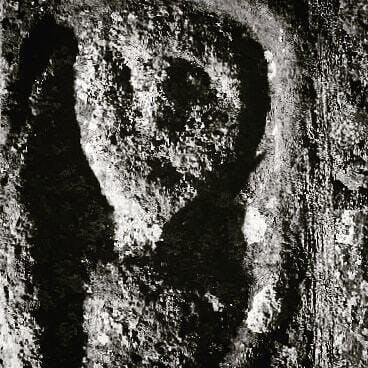
An old Sheelagh-ni-gig figure carved in stone in Malahide.
And although she has all but been forgotten in Ireland, Irish communities in Newfoundland keep Sheelagh's name going. There, storms after March 18th are apparently known as Sheelagh's brush, sweeping away the old season to make way for warmer weather! Here's hoping Sheelagh's Brush does it's work this year and warmer weather is on it's way.
Get In Touch
Have a question or something you're not entirely sure about when browsing our pieces? Please reach out. You can send us a note or give us a call—the Dublin workshop is here to make sure that you have a perfect experience from start to finish with My Irish Jeweler.
Follow us on Facebook and Instagram, to see what's new and upcoming. Join our Email list for early offers and special features.

Jane Chadwick
My Irish Jeweler
Born in Dublin but reared in Canada, as a child I had an interest in Ireland that will be familiar to many young emigrants. I was completely fascinated, wanting to know all about the land of my parents and grandparents. Rare month-long family trips back "Home" cemented my love for Ireland. And I wore my Irish heritage with pride, sporting my tiny silver Claddagh gifted to me by my Irish grandparents until my finger grew too large for it!
As a young adult I moved back to Dublin, studying Geology and Mineralogy in university at historic Trinity College Dublin. After living in Denmark and the Netherlands working as a scientist and university mineralogy lecturer, I finally settled back home in Dublin. I joined the growing family at My Irish Jeweler in 2016, bringing my useful knowledge of metals and minerals as well as my perspective as an Irish emigrant with a love for HOME.
Comments



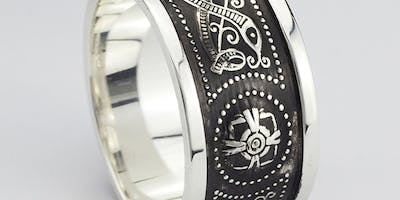

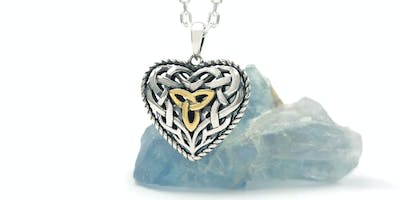
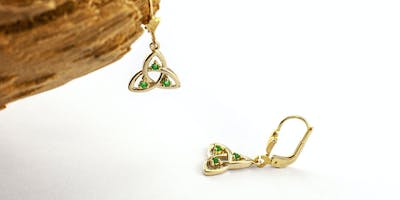

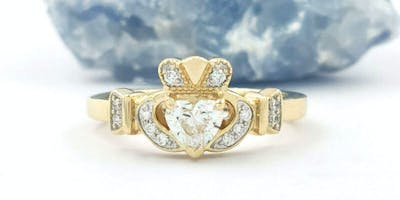
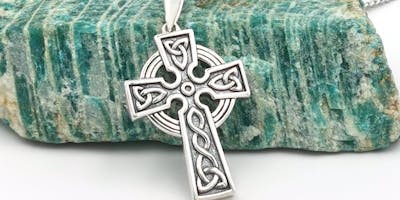

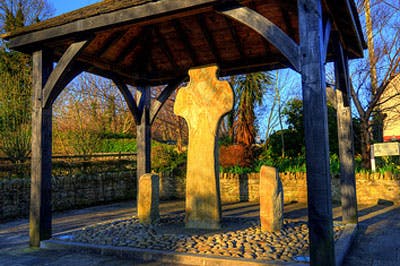
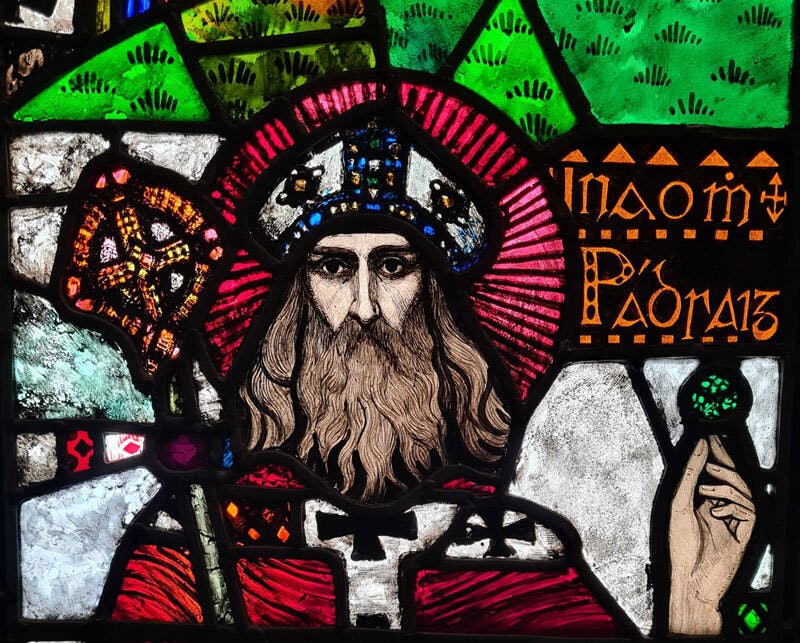
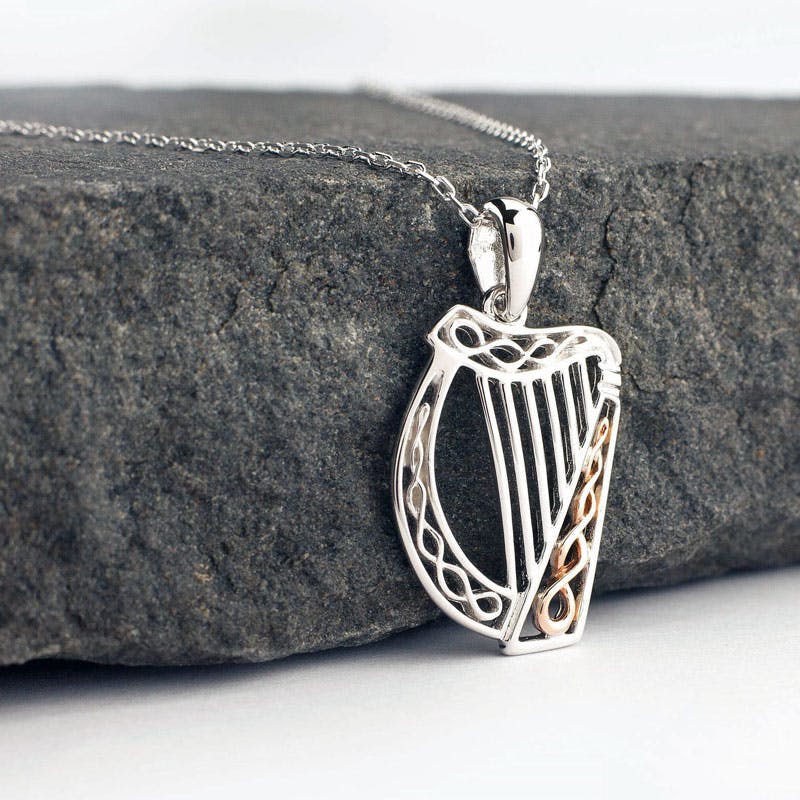
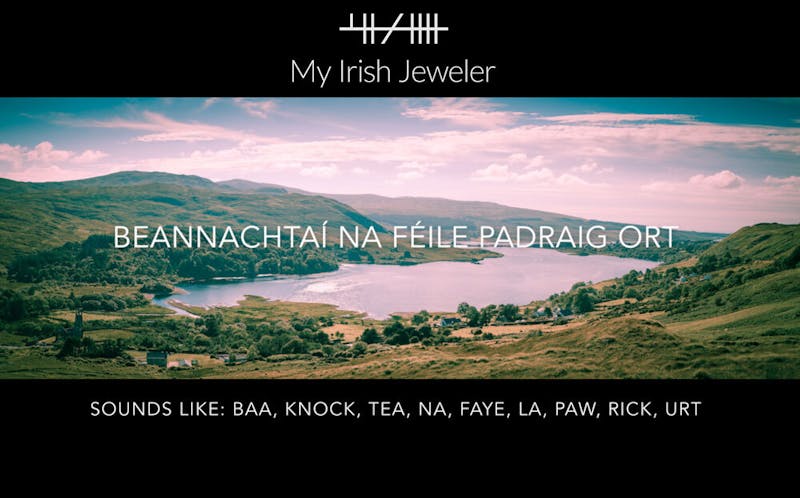






 Ask Gemma
Ask Gemma